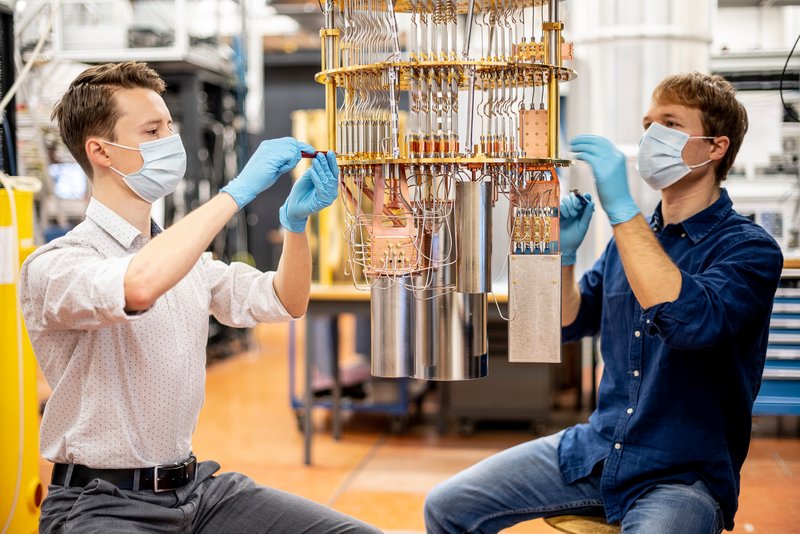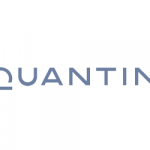ETH Zurich claims quantum error correction achievement

The pursuit of improved error correction for quantum computers has heated up in recent months, with IBM, IonQ, Amazon and several other companies claiming progress. Public research university ETH Zurich Wednesday claimed the latest innovation in this arena.
ETH Zurich researchers said in a statement they have published a paper explaining how they were “able to automatically correct errors in quantum systems to such an extent that the results of quantum operations can be used in practice.”
They added, “Previous error correction methods have been unable to simultaneously detect and correct both the fundamental types of error that occur in quantum systems.” The research team, led by Andreas Wallraff, Professor at the Department of Physics and Director of the Quantum Center at ETH Zurich, explained that it has been able to demonstrate “the first
system that can repeatedly detect as well as correct both types of errors. The researchers achieved this important success using a chip, specially produced in ETH Zurich’s own cleanroom laboratory, which features a total of 17 superconducting qubits. The research team performed the error correction with what is known as the surface code – a method in which the quantum information of a qubit is distributed over several physical qubits.
In the demonstration, nine of the chip’s 17 qubits were arranged in a square three-by-three lattice and together form a logical qubit. The remaining eight qubits on the chip were offset from them, and assigned the task of detecting errors in the system.
“If a disturbance occurring in the logical qubit distorts the information, the system recognises this disturbance as an error. The control electronics then correct the measurement signal accordingly<” the ETH Zurich statement said.
“Right now, we’re not correcting the errors directly in the qubits,” admityed Sebastian Krinner, a scientist in Wallraff’s group and lead author of the study together with Nathan Lacroix. “But for most arithmetic operations, that’s not even necessary.”
ETH spin-off Zurich Instruments manufactured the highly specialized electronics used to control the qubits on the chip. The chip itself is located on the lowest level of a large cryostat – a special cooling device – and operated at a temperature of just 0.01 Kelvin, barely above absolute zero. ETH researchers are next hoping to build a chip with a five-by-five qubit lattice, which will require correspondingly more complex technology and will also feature more qubits for error correction.



















